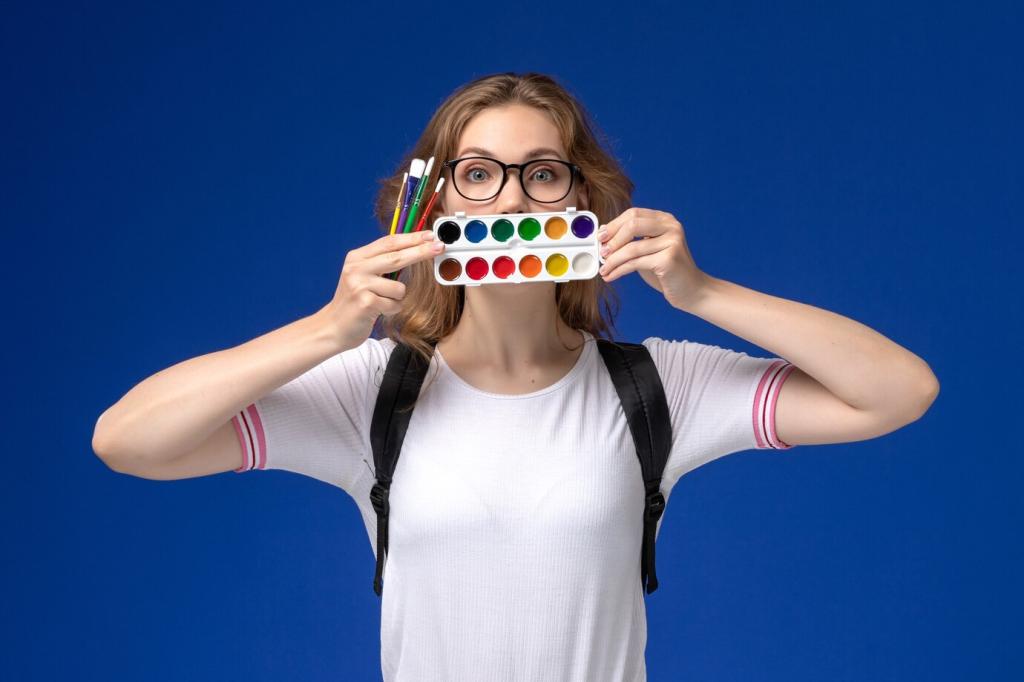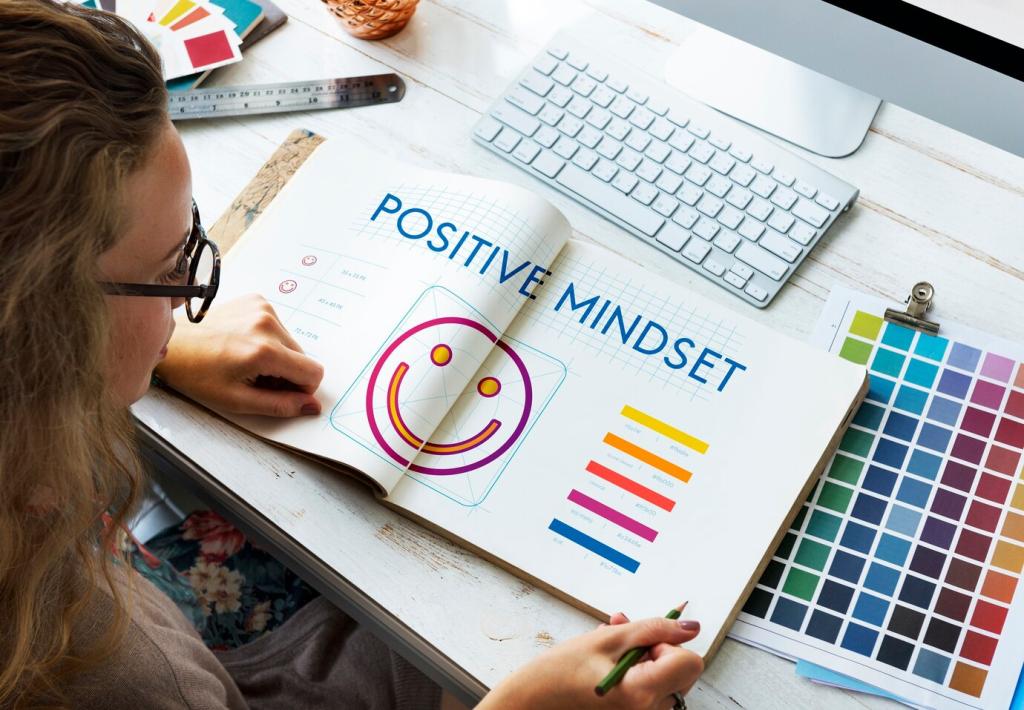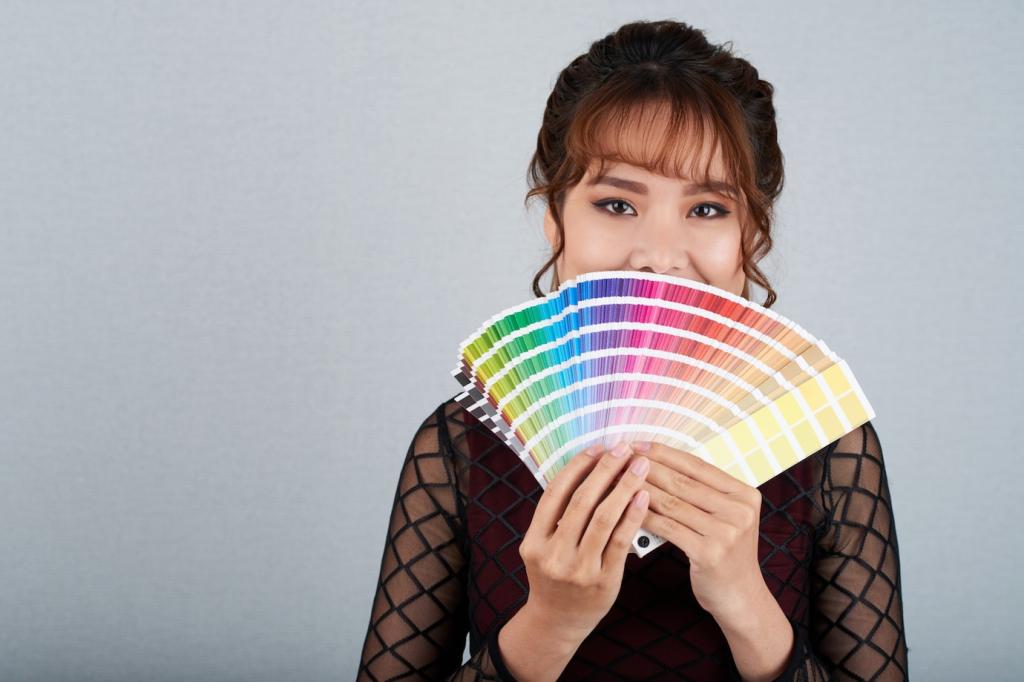Cool Furniture Palettes for Rest, Focus, and Reflection
Soft blue bedside tables or a muted teal headboard often signal quiet. When your eyes meet these hues before sleep, they whisper permission to unwind, separating the day’s chatter from the comfort your body genuinely craves.
Cool Furniture Palettes for Rest, Focus, and Reflection
A sage green desk chair can temper screen glare and mental clutter. Paired with a neutral rug, it helps your brain stay present for tasks, reducing the fatigue that comes from constant micro-distractors and visual noise.






